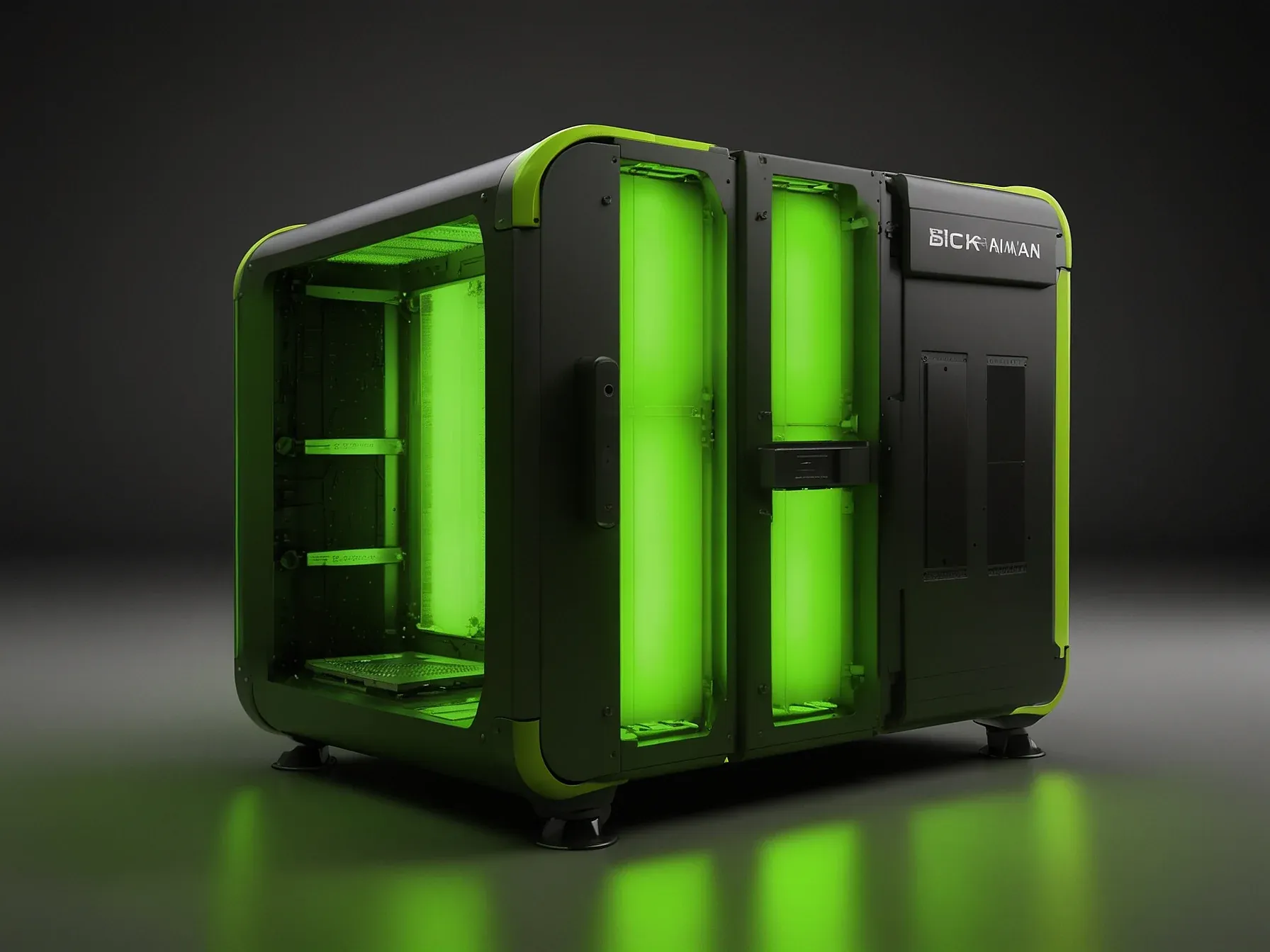
Meta Eyes Google TPUs, Up to One Million Units, as NVIDIA Alternative
Meta is weighing a shift away from NVIDIA‑built silicon, eyeing Google’s tensor processing units as a potential backbone for its next‑generation AI workloads. The proposal, reported by Bloomberg, suggests the social‑media giant could tap into as many as one million TPUs—hardware Google has already pledged to Anthropic under a separate deal. That scale of procurement would sit alongside Meta’s own spending plans, which Bloomberg projects to top $100 billion by 2026.
While the move would give Meta a non‑NVIDIA path for training large models, the details remain fluid; the companies have not confirmed a final agreement. Still, the numbers hint at a sizable bet on Google’s custom chips, positioning them as a serious contender in the high‑performance AI market.
---
If finalised, the Meta‑Google arrangement would bolster TPUs as a credible alternative in high‑performance AI computing. Google has already signed a separate agreement to provide up to one million TPUs to Anthropic. With Meta's capital expenditure projected to exceed $100 billion in 2026, Bloomberg.
If finalised, the Meta-Google arrangement would bolster TPUs as a credible alternative in high-performance AI computing. Google has already signed a separate agreement to provide up to one million TPUs to Anthropic. With Meta's capital expenditure projected to exceed $100 billion in 2026, Bloomberg analysts estimate the company could spend $40-$50 billion next year on inferencing-chip capacity alone, potentially accelerating demand for Google Cloud services.
TPUs, designed more than a decade ago specifically for AI workloads, have gained traction as companies evaluate customised, power-efficient alternatives to traditional GPUs. While NVIDIA still commands the vast majority of the AI chip market and AMD remains a distant second, TPUs are emerging as a strong contender, especially as companies seek to mitigate reliance on a single dominant supplier.
Could Meta’s shift reshape AI hardware sourcing? If the talks culminate in a multi‑billion‑dollar spend, Google’s TPUs would move from cloud‑only offerings into Meta’s own data centres as early as 2027, challenging NVIDIA’s long‑standing foothold. Yet the arrangement remains tentative; no terms have been disclosed, and it is unclear whether Meta will favor outright purchases or a rental model via Google Cloud beginning next year.
Because Meta’s capital expenditure is projected to top $100 billion in 2026, the company has the budget to make a substantial impact, but the scale of any TPU deployment has not been quantified. Google’s recent commitment to supply up to one million TPUs to Anthropic shows the vendor can deliver at volume, but whether that capacity will extend to Meta is unconfirmed.
Thus, while the prospect of a credible TPU alternative gains traction, the ultimate effect on the high‑performance AI computing market—and on NVIDIA’s dominance—remains uncertain. The facts speak for themselves; the outcome will depend on negotiations yet to be finalized.
Further Reading
- Meta, Google discuss TPU deal as Google targets Nvidia's lead - Investing.com
- Meta Invests Billions in Google TPUs, Putting NVIDIA's Dominance at Risk - Bitget News
- Alphabet stock gains as Meta AI chip deal boosts market prospects - Crypto Briefing
- Alphabet's stock rises as possible Meta chip deal highlights new twist in the AI trade - Morningstar
- The chip made for the AI inference era – the Google TPU - Uncover Alpha
Common Questions Answered
Why is Meta considering Google TPUs as an alternative to NVIDIA silicon?
Meta is evaluating Google TPUs because they could provide a high‑performance, scalable backbone for its AI workloads, potentially reducing reliance on NVIDIA. Bloomberg reports that Meta may tap up to one million TPUs, aligning with its projected $100 billion capital expenditure by 2026.
How many TPUs could Meta potentially acquire under the proposed deal, and how does this compare to Google's agreement with Anthropic?
Meta could procure as many as one million TPUs, matching the maximum number Google has already pledged to Anthropic in a separate agreement. This parity suggests Meta would have access to a comparable hardware pool for its own data‑center AI inference needs.
What portion of Meta's 2025 spending is expected to go toward inferencing‑chip capacity, and what impact might this have on Google Cloud services?
Bloomberg analysts estimate Meta could spend $40‑$50 billion on inferencing‑chip capacity in 2025 alone. Such a large investment would likely boost demand for Google Cloud services, especially if Meta opts for a rental model rather than outright purchases.
When could Google’s TPUs potentially be deployed in Meta’s data centres, and what would this mean for NVIDIA’s market position?
If the talks succeed, Google’s TPUs could be installed in Meta’s data centres as early as 2027. This shift would challenge NVIDIA’s long‑standing dominance in high‑performance AI hardware by introducing a credible cloud‑origin alternative.
What uncertainties remain about the Meta‑Google TPU arrangement, according to the article?
The article notes that no final terms have been disclosed, leaving it unclear whether Meta will purchase the TPUs outright or use a rental model via Google Cloud. Additionally, the overall multi‑billion‑dollar spend and timeline remain tentative.




